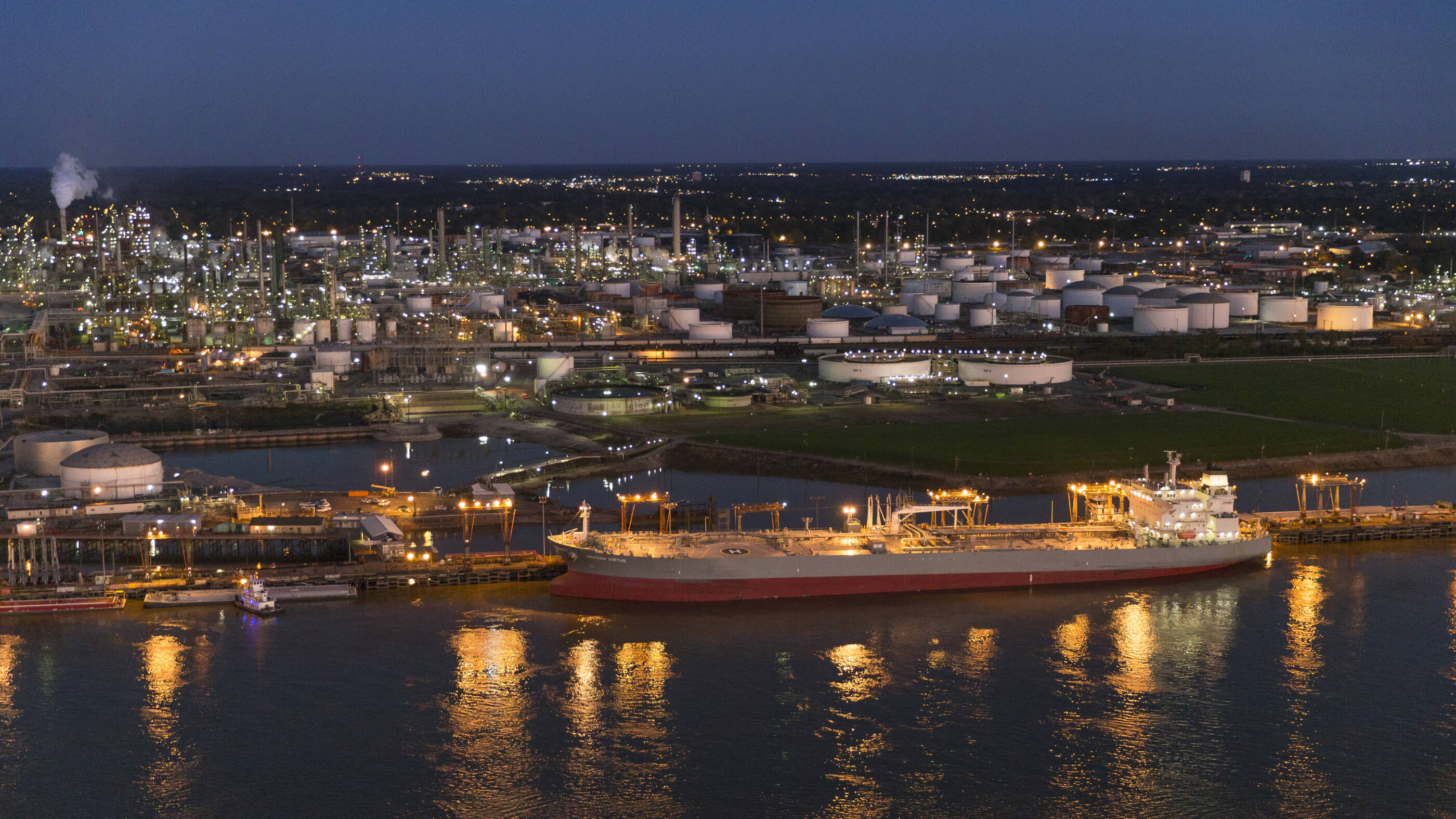Article
4 min read
Protecting our environment
We have been a proud community partner and environmental steward in the Baton Rouge area for more than 115 years.
Article
4 min read
Navigate to:
As one of the largest refining and petrochemical complexes in the world, we are continuously optimizing our processes to minimize emissions, enhance energy efficiency and maintain the highest standards of environmental care.
Achievements:
- The Baton Rouge Refinery sustained a reduction of Particulate Matter and Particulate Matter 2.5 by 25% through process optimizations at the Wet Gas Scrubber.
- Water: In 2015, the BR Refinery completed a $10 million investment at the wastewater treatment plant that reduced nitrate emissions by 86% percent from 2014 to 2024.
- Waste: Waste recycling and reclamation initiatives have resulted in an 83 percent decrease in operational/routine Hazardous Waste Generated at BR Complex from 2020 to 2024. Awards
-
ENERGY STAR® certification
The Baton Rouge Refinery earned its ENERGY STAR® certification from the EPA for achieving the top 25 percent of petroleum refineries nationwide for energy efficiency and meeting strict energy efficiency performance levels set by the EPA. -
Clean Biz Leadership award (2024)
Keep Louisiana Beautiful (KLB) awarded ExxonMobil the Clean Biz Leadership award for our dedication to KLB's mission and our operational practices to support a cleaner, greener community. -
Silver-level Certified Wildlife Habitat
ExxonMobil’s Wildlife Education Building and outdoor education area was designated as a silver-level Certified Wildlife Habitat by the Wildlife Habitat Council.
Greenbelt
The land around our complex is the Greenbelt property. We focus on beautification, indigenous tree and wildlife preservation and stormwater drainage support. Regular landscaping and maintenance is performed, weather permitting. For concerns regarding maintenance, please call 225-977-8393.
Americas region
Latest news and information about the Americas region
Explore more

Meet ExxonMobil's mom-next-door
News
•
3 min read
















